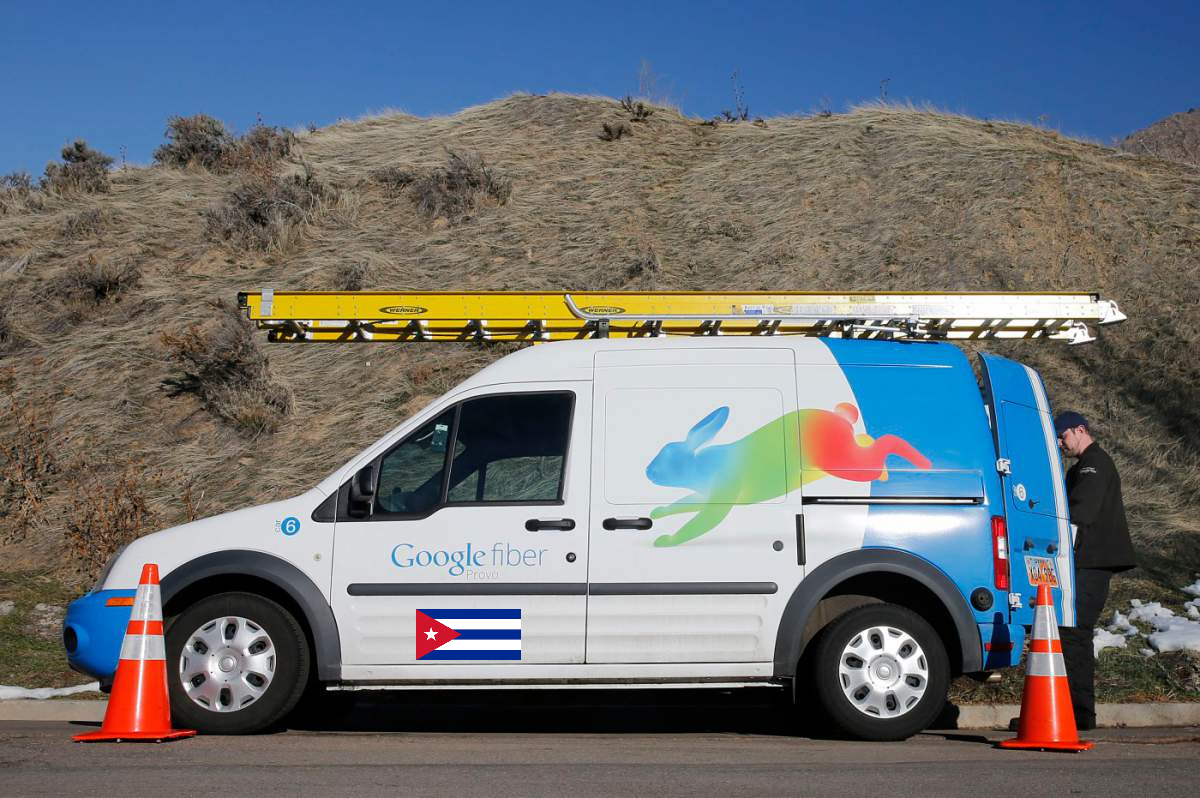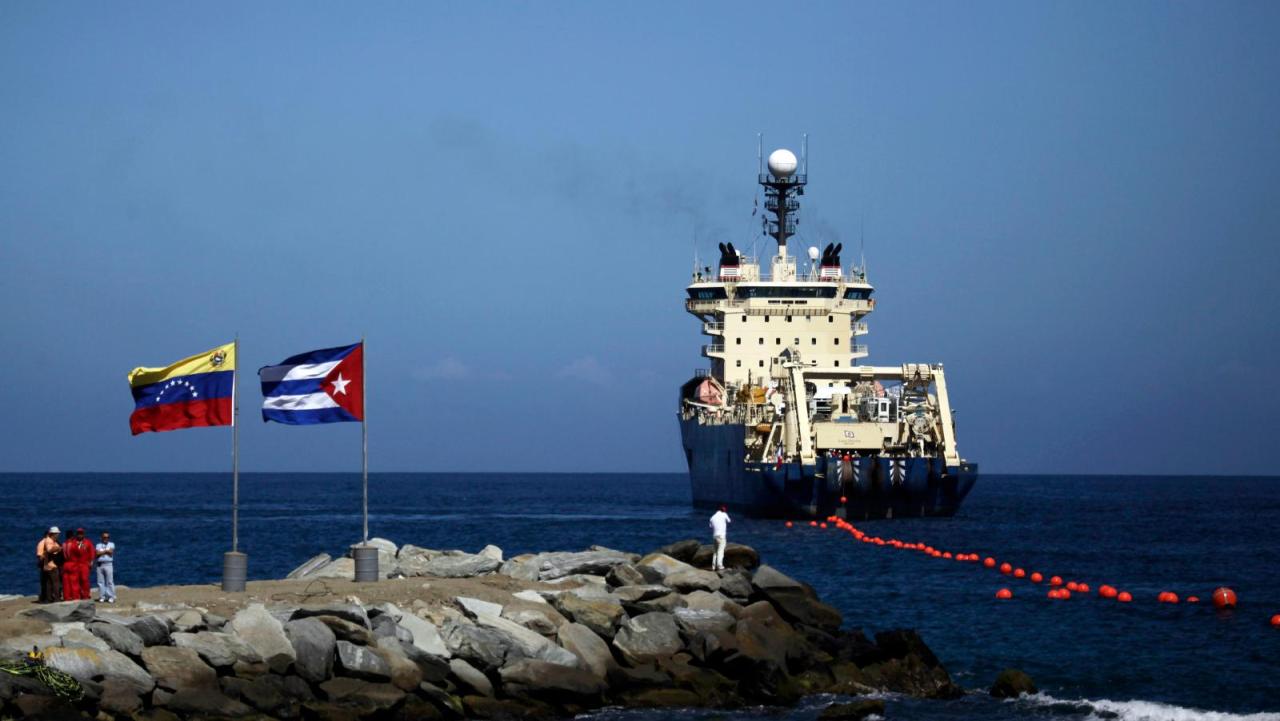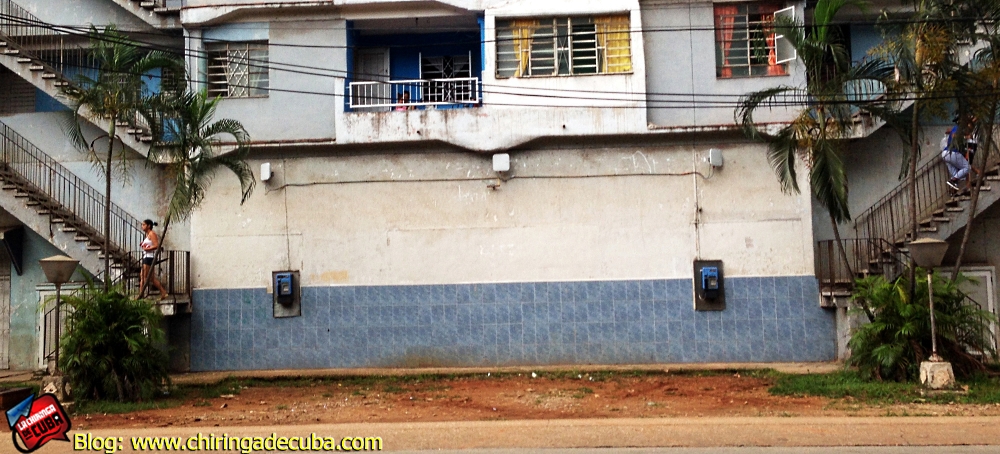aNewDomain — Over the past year the United States has nibbled away at the embargo on Cuba through executive orders. Today it seems most focused on selling Internet services and equipment to the island nation and, as of yet, it has not been successful. China has taken the reins.
— Over the past year the United States has nibbled away at the embargo on Cuba through executive orders. Today it seems most focused on selling Internet services and equipment to the island nation and, as of yet, it has not been successful. China has taken the reins.
A Change of Policy
In December of 2014, President Barack Obama’s administration declared it was taking “historic steps to chart a new course in our relations with Cuba and to further engage and empower the Cuban people.” The next month we saw the U.S. International Trade Commission (USITC) begin to conduct a study on the economic effects of U.S. restrictions on trade with and travel to Cuba. The organization held hearings to discuss potential exports in multiple sectors, including telecommunications. I was one of those who testified on potential telecommunication exports.
By March of 2015 the U.S. was fully engaging with Cuba. It sent a high-level delegation to discuss telecommunication and Internet services. Certainly at this point Internet service and equipment companies started to analyze Cuban Internet and the potential market.
 The most visible visits were conducted by Google, who made a concrete proposal for the installation of a type of wireless Internet infrastructure (the details of which are not clear). But the offer was rejected. I believe, as others do, that this could have been due to Cuba’s lack of trust in the U.S. government and Google itself.
The most visible visits were conducted by Google, who made a concrete proposal for the installation of a type of wireless Internet infrastructure (the details of which are not clear). But the offer was rejected. I believe, as others do, that this could have been due to Cuba’s lack of trust in the U.S. government and Google itself.
The White House extended its policy with Cuba last month. It authorized U.S. companies to establish a business presence there, and to provide “certain” Internet-based and telecommunications services. It also now allows companies to enter into joint ventures or licensing agreements to market these services.
This extended policy change has led to a few Internet deals between American companies and Cuba. Netflix now offers Cuban accounts, Airbnb has added its room-renting service and Verizon now offers a cell phone roaming plan in Cuba.
China Succeeds Where The U.S. Flops
While the U.S. has increasingly opened its gates, Cuba has turned to China, instead, for Internet connectivity and equipment and is committed to doing so in the short term future.
China played a major role in the financing and construction of the ALBA-1 undersea cable, which connects Cuba to Venezuela and Jamaica. It was reported that China lent Venezuela $70 million to finance the cable, which was installed by a joint venture made up of Alcatel-Lucent Shanghai Bell and Telecomunicaciones Gran Caribe (TGC). TGC is a joint venture between Telecom Venezuela (60 percent) and Cuban Transbit SA (40 percent), both state-owned companies.

The cable landed in Cuba in February 2011, but the first traffic was not transmitted until January 2013. Much of Cuba’s international traffic continued to be routed over satellite links until July 2015, when nearly all of it finally shifted to the cable. Cuba’s international traffic continued to be routed over slow, expensive satellite links for over four years because the cable landing point is at the east end of the island and there was little domestic infrastructure to connect it to Havana and other locations.
The image below shows that ALBA-1 cable traffic has shifted from satellite (blue) to cable.

At the time of the cable installation, we speculated that China might play a role in building the domestic infrastructure needed to reach it, and it turns out that Cuba had awarded Huawei a contract to build a national fiber-optic network in the year 2000.
Today there is a backbone network connecting the Cuban provinces to the cable landing point. The current load is light compared to expected future traffic from homes, schools, universities and public access locations, so Cuba must be planning a faster, more comprehensive backbone. I imagine Huawei is involved.

Huawei equipment was also used in the recent installation of 35 Wi-Fi hotspots across the island. Since Cuba claims the access points will support 50 to 100 simultaneous users at 1 Mb per second, these 35 locations must connect to the national backbone network. While 35 access points are a drop in the bucket, Cuba is committed to adding more. Counting Wi-Fi, “navigation rooms,” Youth Clubs and hotels, there are now 683 public access points in Cuba, all of which reach the backbone.
 In addition to expanding public access and the backbone, Cuba plans to make DSL connectivity available to 50 percent of Cuban homes by 2020. (Note, that is not to say 50 percent of Cuban homes will be online). Doing so will require new equipment in the telephone central offices serving those homes and Huawei will supply that equipment. Two other Chinese companies, ZTE and TP Link, are providing DSL modems for network users. (ZTE has an office in Havana and may also be involved in the backbone network.)
In addition to expanding public access and the backbone, Cuba plans to make DSL connectivity available to 50 percent of Cuban homes by 2020. (Note, that is not to say 50 percent of Cuban homes will be online). Doing so will require new equipment in the telephone central offices serving those homes and Huawei will supply that equipment. Two other Chinese companies, ZTE and TP Link, are providing DSL modems for network users. (ZTE has an office in Havana and may also be involved in the backbone network.)
See how the providers plan to connect Cuba below:

Cuba also has plans to connect all schools and make fiber connections to the backbone available to all universities. I don’t know whose equipment will be used for those upgrades, but if Huawei is the backbone vendor, I suspect that they would have the inside track on customer premises equipment (CPE). A recent market research report shows that Chinese CPE sales are growing rapidly, fueled by a large domestic market.
The Future of Cuban Internet
In spite of China’s success in Cuba, all has not been perfect. As this Wikileaks memo from the U.S. Interests Section in Havana shows, the Chinese have had some difficulty collecting Cuban debt. Cuba remains a tricky place to do business.
Finally, note that all of these sales are for equipment, not network operation. While Huawei has sold Cuba equipment, the backbone installation has been supervised by a Cuban engineer who has worked for Huawei since 2002 and Huawei does not seem to have an office in Cuba.
Cuba bought Telecom Italia’s share of ETECSA, Cuba’s monopoly telecommunication company, in 2011 and remains independent. That may turn out to be a good or bad thing for the Cuban people, depending upon ETECSA’s policies and goals.
It looks like China has won the first round. That’s bad news for U.S. companies. The good news is that very little infrastructure has been sold so far, and much of what has been sold and is planned for in the near future is already obsolete by today’s standards. That says there will be a much larger second round — will the U.S. be a player?
For aNewDomain, I’m Larry Press.
Ed: A version of this story ran on Larry Press’ laredcubana. Read it here.
Images in order: Cuba Undersea Cable courtesy AP Photo/Ariana Cubillos, All Rights Reserved; Google Fiber Cuba Truck made by Larry Press; Transit for ETECSA Graph courtesy Dyn and BGP Data; ETECSA backbone diagram courtesy Nearshore America; Huawei “stars” courtesy chiringadecuba; Connection Plan courtesy chiringadecuba.













